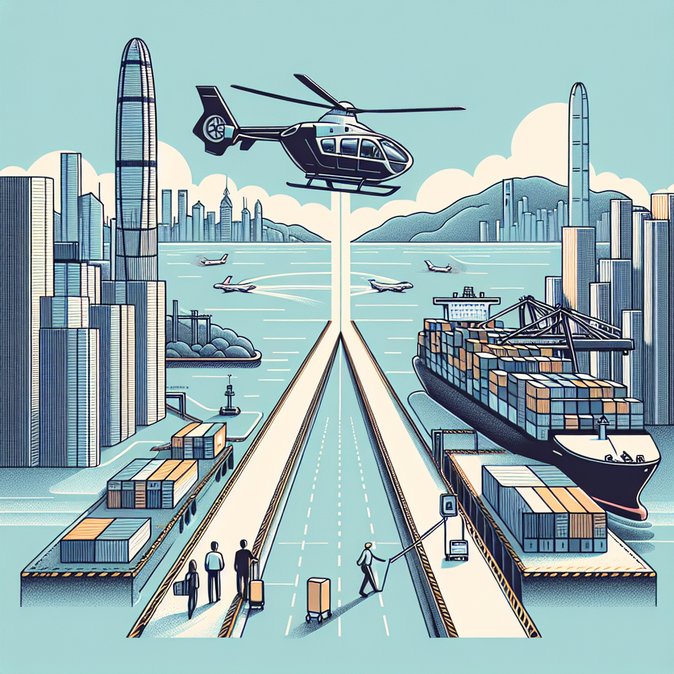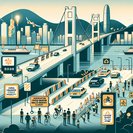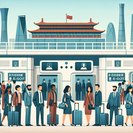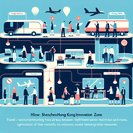
Cross-boundary travel in the Guangdong-Hong Kong-Macao Greater Bay Area entered the low-altitude era on 6 November when Shenzhen Shekou Cruise Homeport inaugurated a helicopter service that reaches Hong Kong in as little as ten minutes. Operated by Shenzhen East General Aviation, flights connect directly with Hong Kong International Airport and the Central-Macau Ferry Terminal, while a sister route cuts Shenzhen–Macao journey times to 15 minutes.
The port becomes China’s first multimodal hub integrating sea and air, complementing ferry, coach and high-speed-rail corridors. Border officials have created an exclusive inspection channel, allowing passengers to clear formalities within the heliport’s restricted zone—a boon for executives shuttling between financial roadshows in Central and R & D sites in Shenzhen’s Nanshan district.
![Shenzhen launches 20-minute helicopter link to Hong Kong in Greater Bay Area first]()
Seats are priced at roughly three to five times the cost of land transport, positioning the service squarely at time-sensitive travellers. Early adopters include private-equity partners and semiconductor engineers who previously spent two hours navigating congested land crossings. Operators say demand will scale quickly once Hong Kong finalises its low-altitude airspace rules next summer.
For mobility managers, the helicopter corridor adds redundancy during typhoon-related bridge closures and offers a premium alternative to chauffeur-driven cars. Companies should brief travellers that luggage allowances are limited to 5 kg and advance booking at least 24 hours ahead is required pending slot allocation by air-traffic control.
Regional planners see the service as a proof-of-concept for the Greater Bay Area’s goal of a “30-minute living circle”, hinting at future vertical-take-off eVTOL craft once regulations mature.
The port becomes China’s first multimodal hub integrating sea and air, complementing ferry, coach and high-speed-rail corridors. Border officials have created an exclusive inspection channel, allowing passengers to clear formalities within the heliport’s restricted zone—a boon for executives shuttling between financial roadshows in Central and R & D sites in Shenzhen’s Nanshan district.

Seats are priced at roughly three to five times the cost of land transport, positioning the service squarely at time-sensitive travellers. Early adopters include private-equity partners and semiconductor engineers who previously spent two hours navigating congested land crossings. Operators say demand will scale quickly once Hong Kong finalises its low-altitude airspace rules next summer.
For mobility managers, the helicopter corridor adds redundancy during typhoon-related bridge closures and offers a premium alternative to chauffeur-driven cars. Companies should brief travellers that luggage allowances are limited to 5 kg and advance booking at least 24 hours ahead is required pending slot allocation by air-traffic control.
Regional planners see the service as a proof-of-concept for the Greater Bay Area’s goal of a “30-minute living circle”, hinting at future vertical-take-off eVTOL craft once regulations mature.










